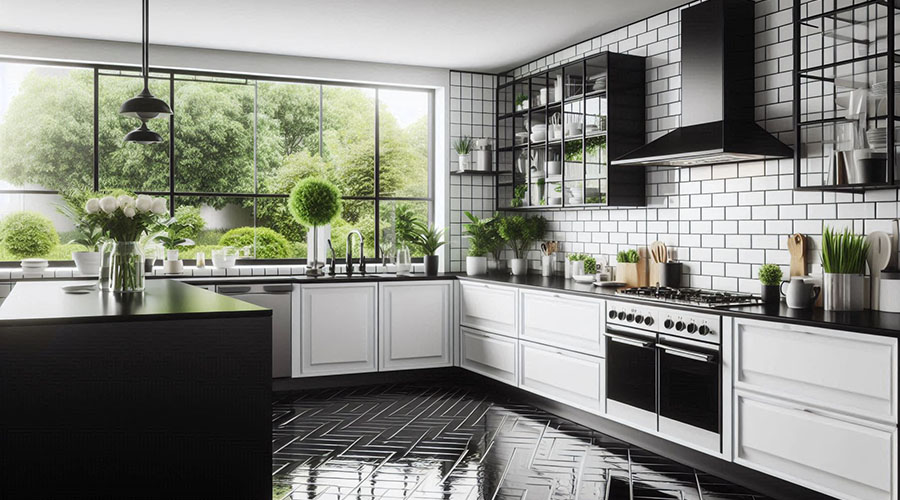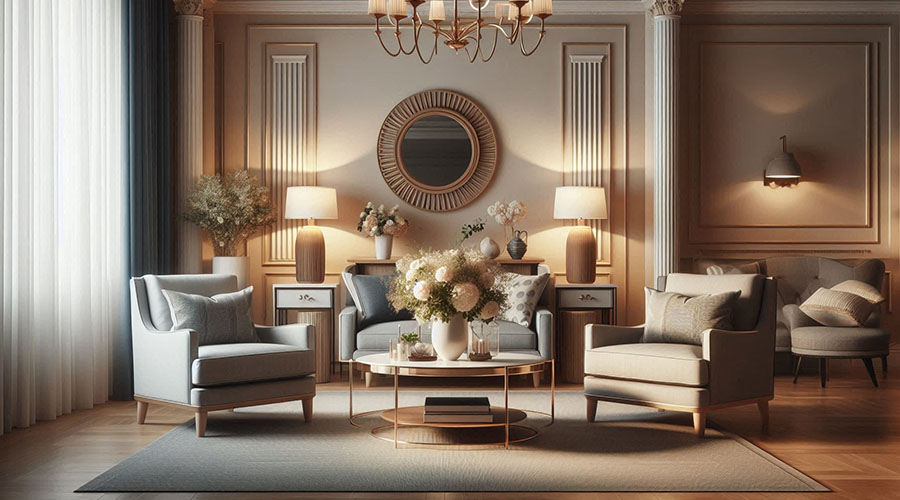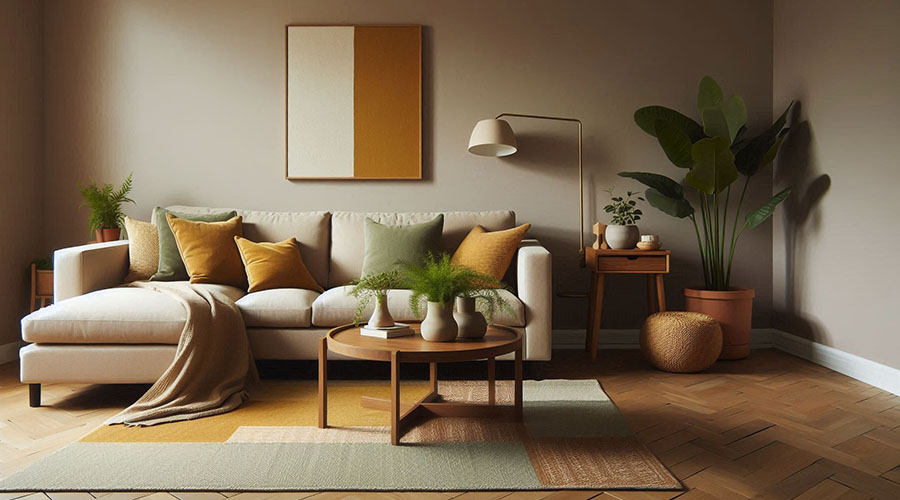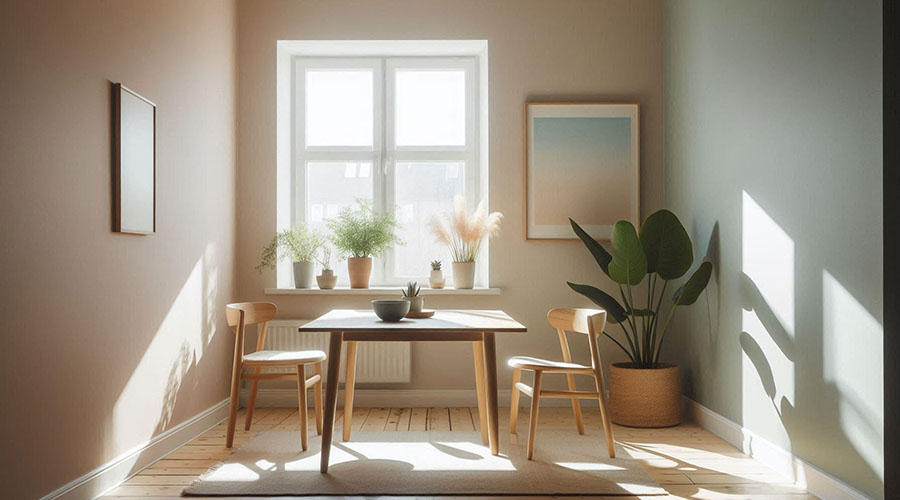If you are interested in the world of space design, you probably know how basic principles matter. You can see the footprint and expertise of designers in your everyday life, from your favorite coffee cup to the room you spend most of your time in. Designing an interior is part of spatial design, including line, color, point, volume, and other critical elements. Every space design project follows some specific principles to ensure quality outcomes. They are the backbone of every visually appealing space and enable you to offer the highest quality of harmony in your space. Keep reading this blog to learn about these principles, which are considered one of the most essential matters in architectural spaces.
Contrast
If you want to make the elements stand out in a space, you shouldn’t overlook the impact of contrast. The proper implementation of contrast can grab everyone’s attention to the critical elements in the room. You can make things in the interior perfectly distinct by the interplay of light and dark colors or by utilizing different textures for the surface. The combination of light and dark, big and small, or other colors can make your space more visually exciting and also deeper in look. Contrast is one of the most vital space principles that prevent your space from becoming monotonous.

Proximity
To enhance your interior design, you need to classify similar elements together. This also improves individuals’ understanding when they enter the space, as these similar groups can provide them with vital information. When you apply the right amount of proximity in your space, you can quickly convey the relation between different pieces.
Balance
Your space will not be ideal unless you keep the right balance. You must distribute the visual weight of elements properly. While some essential things are heavier, some lighter elements are available. It explains how maintaining the balance between such keys is necessary to keep others engaged when they enter the space. For instance, using symmetrical items in your design can make the space more balanced and chic. It is better to avoid putting one element as the dominator of space and create a sense of elegance and alignment in the area.

Repetition
While some people think repeating elements in your design makes it boring, it is actually one of the most important design principles. Repeating the right amount of fonts, colors, or shapes in your space can provide a sense of consistency and enhance your personal brand and preferences. It is highly recommended to repeat the elements that reflect your personality and tastes in design, especially if your area is individual, like a bedroom. This principle is about crafting an eye-catching rhythm that adds movement and flow to your space. It is a visual melody connecting all elements of your space to each other effectively.
Emphasis
While keeping balance, you must emphasize some key elements in your space. Typically, one is stressed in a room, also called the focal point. This element should be chosen wisely to direct the person’s attention correctly. Based on your intentions, you can select your favorite piece of furniture, a unique architectural feature, a vibrant color, an accent wall art piece, or something else. It allows your design to offer compelling and vital content to anyone who enters the space for the first time.
Harmony
You must ensure that all elements in the space work together to create a masterpiece at the end of the design project. It brings unity to your space and enhances consistency. If you want to follow the harmony principle in your space design, it is essential to blend different elements seamlessly. Professional designers suggest choosing complementary items that follow a consistent color palette or coordinating patterns.

Alignment
You can not combine all elements without having an aligned design plan. When designing your space with different items, it is important to define a specific purpose. This will achieve two important results: order and unity.
Hierarchy
As mentioned, choosing the right focal point is one of the most crucial aspects of space design. Hierarchy is another practical principle that must be maintained to guide the viewer effectively. It is important to direct their attention through the space design so that they receive the information in the right order.
White Space
It is also called negative space in the world of space designers. You don’t need to fill all the available space with different elements because the emptiness also matters. It lets your interior breathe and helps the viewer focus on critical items more smoothly.

Final Thoughts
Mastering vital design principles can create enjoyable challenges for everyone entering the interior. It adds beautiful secrets to your space, making it more charming, elegant, and harmonious. Finally, try to design your space in a way that reflects your character and style!


